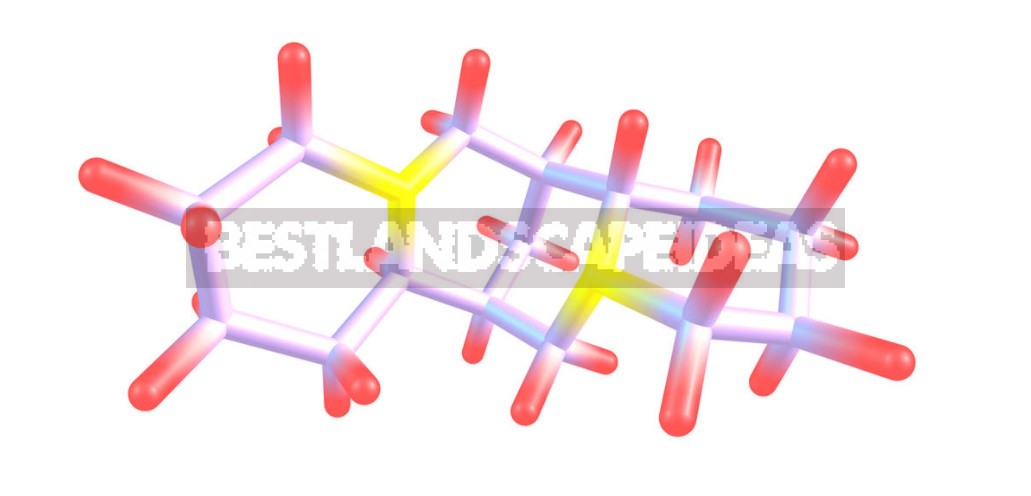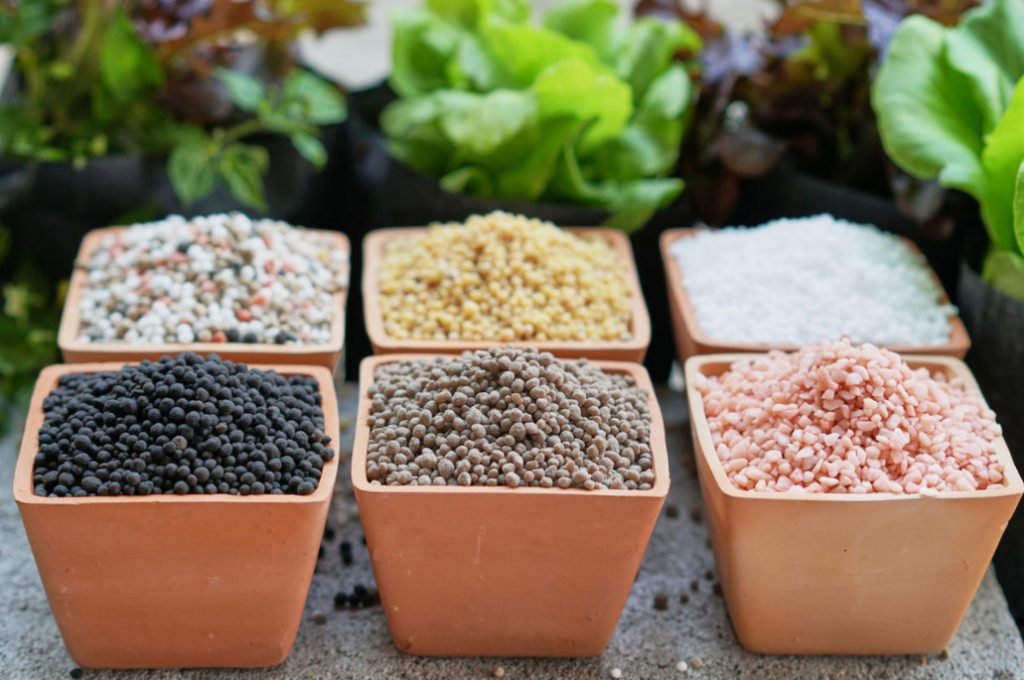Even the most ignorant person in the garden knows that the growth of plants requires nutrients. And where does the food come from and what should it be like for a full-fledged harvest? These questions are not as simple as they seem. And the school knowledge gained in botany lessons does not always help.
The territory of the Internet, occupied by gardening topics, is full of local conflicts between the followers of different agricultural schools: supporters of organic fertilizers oppose fans of mineral fertilizers in disputes about what is better for plant nutrition — artificial chemistry or natural organic matter. And manufacturers add to the confusion by offering a variety of nutrient mixtures, including organomineral ones, such as fertilizers in chelated form. What it is, how to choose and apply them, and whether the use of chelates will not contradict the principles of organic farming — these are the questions we will try to answer.
What do plants eat?
To begin with, it must be said that the supporters of manure and the buyers of white, blue, pink or multicolored nutritious grains can solemnly make peace. Because plants do not” eat ” either organic matter or compact pellets of mineral fertilizers in their pure form. Nutrition of green organisms is a complex of complex biochemical processes based on ion-cation exchange between plant cells and the external environment.

The plant needs 10 macronutrients for life, which are required in large quantities: C, H, O, N, S, P, K, Mg, Ca, Fe. As well as 6 vital trace elements: B, Mn, Cu, Zn, Mo, Cl — in microdoses.
With the exception of oxygen, these micro – and macronutrients are not absorbed by plants in pure form, but either in the form of compounds (water and carbon dioxide), or in the form of ions. Negatively charged nitrogen, sulfur, phosphorus, boron, and chlorine – in the form of nitrate, sulfate, phosphate, borate, and chloride anion, respectively. Positively charged-nitrogen in the form of ammonium, as well as iron, manganese, copper, molybdenum, potassium, magnesium, calcium and zinc in the form of cations.
Easily achievable, but hard to get
The necessary elements of the plant are obtained from nutrients-compounds containing these elements. But with their availability, our green pets may have problems.

The soils are different everywhere: their chemical composition can vary not only depending on the region, but also within the same district and even the streets of a dacha village. The lack of one element can not only directly affect the development of the plant, but also make it difficult, or even completely stop the consumption of another element. The absorption of nutrients is also affected by the acidity of irrigation water and soil, as well as the presence and diversity of micro-life in the rhizosphere.
Mineral fertilizers introduced into the bed in the form of salts can enter into chemical reactions with elements contained in the soil and irrigation water, and form insoluble, and therefore inaccessible to plants, compounds. This problem is solved by using organic top dressing. But the organic matter available to the cottager does not always have a balanced composition and does not necessarily include the entire complex of micro-and macronutrients necessary for green organisms. After all, plant residues contain only what the plants used as siderates, mulch, compost, or herbal infusion received from the soil of your site. To increase the availability of macronutrients, manufacturers offer organomineral fertilizers, and for the delivery of microelements to plants — fertilizers in chelated form.
In the claws
Chelates (or chelate compounds) are complex claw — like (hence the name: from the Latin word chela — “claw”) compounds, complexes of metal ions (Zn, Mn, Cu, Fe, Ca, Mg) with organic acids. Molecules or ions of organic acids (ligands, complexons, chelating agents), like claws, cover the metal ion (complexing agent), creating a shell around it and protecting it from interaction with other chemical elements in the air, water and soil. The main “actor” is metal, and the chelatant serves simply as a capsule, a vehicle, itself being practically neutral for the “consumer”.
Chelated compounds simplify the process of assimilation of trace elements by plants, because chelates in their structure and properties are close to natural compounds for living organisms. It is in the form of chelates that vitamin B12 and hemoglobin exist in animals and chlorophyll in plants.

Under natural conditions, such compounds are formed in humus under the action of humic acids. Therefore, the biological activity of chelated fertilizers is very high. If the usual top dressing is absorbed by plants by 30 percent, then chelated-almost 100%.
Taking into account the above, we can distinguish the following positive aspects of the use of chelated fertilizers.
- Increasing the availability of trace elements for the plant, and hence the rate of impact of fertilizing.
- Protection against the formation of ballast, insoluble and inaccessible to plants compounds and, as a result, reducing soil salinity.
- Improving the digestibility of major nutrients like nitrogen, potassium and phosphorus in particular.
- Cost-effectiveness of consumption: the entire volume of trace elements used for fertilizing is used for its intended purpose.
How to choose chelated fertilizers
Today, such drugs are widely available for sale. According to the composition of the complexing agent, chelated fertilizers are mono – and multicomponent (that is, they contain not one metal, but several). Natural and synthetic organic compounds are used as chelating agents.

They are divided into 2 groups according to the type of chelatant:
- based on phosphonic acids-OEDPA, NTP, EDTP,
- chelates with carboxyl groups-EDTA, HEDTA, DTPA, EDDHA, HEEDHA, EDDHMA, EDDCHA.
The type of chelating agent determines the stability of the compound when exposed to acidic or alkaline environments and soil microorganisms. The most common and universal are EDTA and HEDTA. DTPA is more suitable for use in alkaline soils. EDDHMA-based chelates have a larger range (from 3.5 to 11 pH), and they are also most effective: plants extract the maximum amount of zinc and iron from such chelates. But greater effectiveness also means higher drug costs.
However, these subtleties are not too important for an ordinary summer resident. Fertilizers based on chelates for private farms are most often produced with the indication not of the type of chelating agent or pH medium, but of the complexing agent (iron, copper, zinc, etc.) and the “recipient” — for coniferous trees, for lawn, for vegetables, for fruit and berry crops.
In addition to the type of chelating agent, the degree of chelation is important — an indicator indicating how many trace elements in the preparation are chelated, and how many are in the form of inorganic salts. The degree of chelation is indicated as a percentage. The higher it is, the more economical the drug is. According to the standards, the degree of chelation can not be less than 80%.
How to use fertilizers in chelated form
Fertilizers in chelated form due to the high rate of assimilation by plants are most effective for top dressing — both root and leaf. With their help, you can easily correct nutritional deficiencies that occur as green organisms develop. Experts also advise to apply them directly to the soil during its pre-sowing preparation. They are also good for soaking seeds. Due to their excellent solubility, chelates are perfectly suitable for fertigation systems in drip irrigation.
Especially valuable is the use of chelates at an early stage of development, when the root system is not yet well formed. In the flowering stage, the use of foliar fertilizing with chelates increases the number of ovaries, and processing the fruits increases their sugar content.
Chelates are compatible with insecticides and pesticides and, when used together, reduce plant stress from the use of pesticides. Microelements in the chelated form, strengthening the immunity of plants, serve as a preventive measure against fungal and viral diseases.
In addition to industrial chelates, you can also use solutions prepared by yourself. Citric acid and ammonia are used as chelating agents.
Chelated fertilizers are an excellent opportunity to safely and effectively increase the yield of vegetables and fruit and berry crops, improve the appearance of ornamental plants, and improve the condition of the lawn. It will be useful to treat chelates and indoor flowers. And you are an advanced gardener, use of modern fertilizers?





